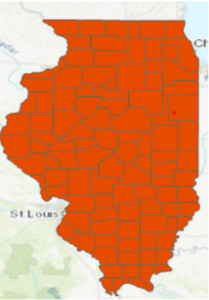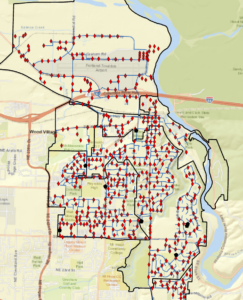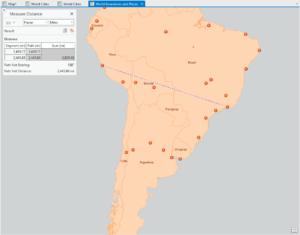Chapter 1:
At the beginning of chapter 1, the author goes over the uses of GIS and spatial analysis. They discuss that using GIS gives the viewer a unique view of data that can be seen in correlation to geographic features. Modern GIS is host to a swath of information and collaborators that allow for real-time interaction among a large group of people. The Open Data movement has grown in the GIS field from where it took a few specialists to make a map to now anyone can make a map due to the data available. The only data that is being protected is copyrighted or private but primarily all data that is needed is open to anyone who needs it. Then the chapter goes into information that has already been covered in the previous books such as vector or raster maps and attributes. In ArcGIS Pro projects are the spaces that contain your work, in these spaces, you can view multiple maps. Geoprocessing is the tool that is used to do your spatial analysis within ArcGIS Pro. The tutorial in this section gave a general overview of some of the features in ArcGIS and showed use cases such as accidents related to public schools.
I originally started this out by doing a summary for every chapter then I realized that was kind of dumb overall since there is not enough to cover in each chapter. After chapter 1 the book focuses on giving the reader practical uses for ArcGIS Pro. Chapter 2 main goal seems to be to introduce some of the basic features when looking at and manipulating a map in the program. None of the chapters deals with data analysis but rather spatial analysis on a basic level. Chapter 3 starts with a more advanced spatial analysis by removing unnecessary data but then turns in more of the data analytics side of ArcGIS Pro by creating new data sets and adding data to tables. Chapter 4 focuses on how to combine spatial analysis with data analysis, and also shows some basic ways it may be used in real scenarios. Much of chapter 5 is associated with how to streamline processes that you may be doing multiple times in an analysis.
These chapters showed how ideas or concepts in the previous book can be applied to the ArcGIS Pro software. Much of what is happening in these chapters is to show normal or common steps or processes used in GIS analysis to have a basic understanding of these processes. At times I think this book lacks some explanation or practical understanding of some tasks which is partly due to the quickly updating software the book is based on but beyond that none of the tasks were too difficult.
PS: Tell people to read the preface to get the Geospatial scenarios (I did not know about this until Thursday)
.


“PS: Tell people to read the preface to get the Geospatial scenarios (I did not know about this until Thursday)”
Who doesn’t read the preface!
Just kidding. I’ve added it to the schedule.
Super!